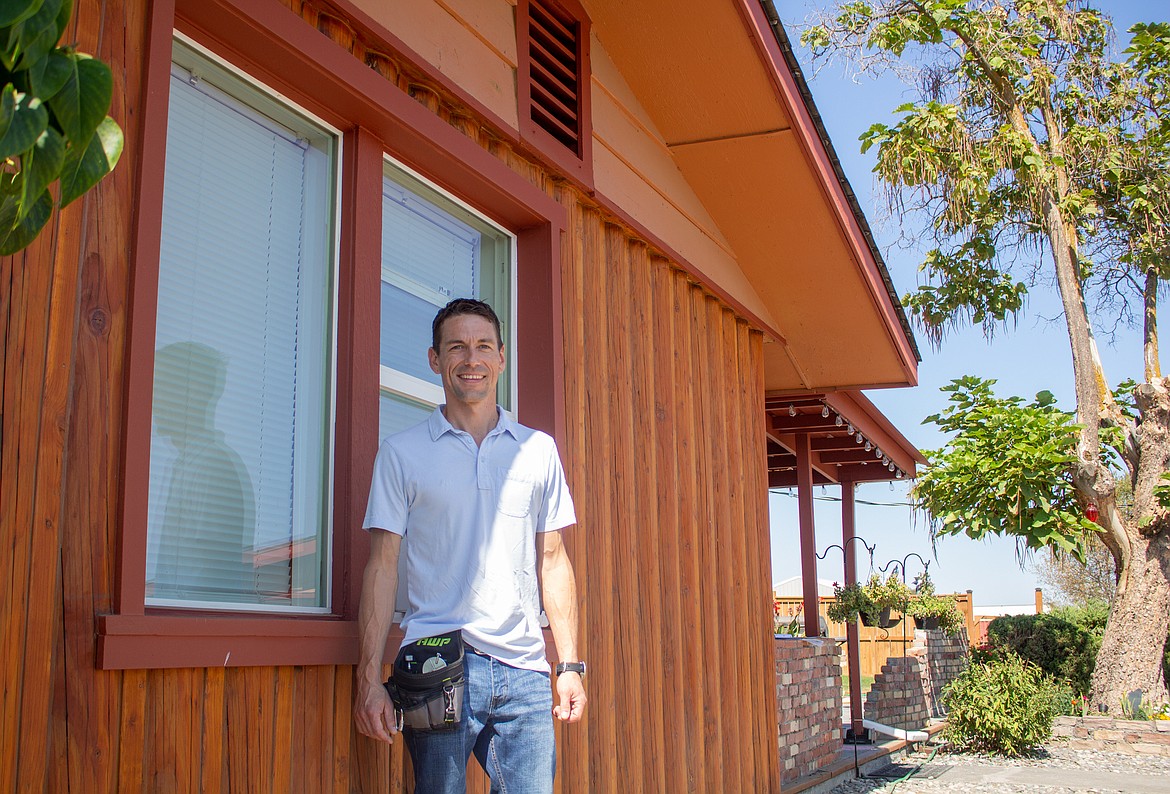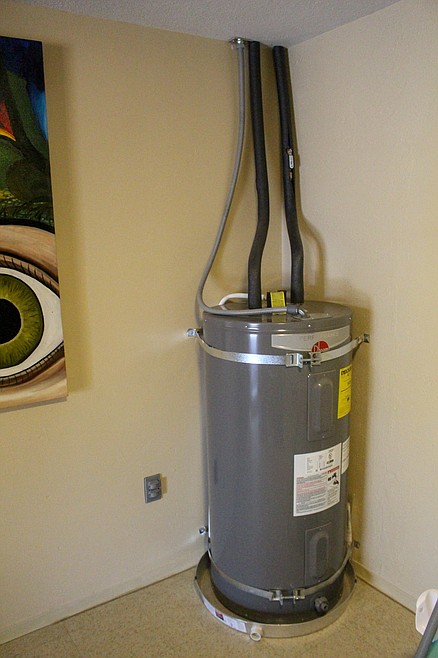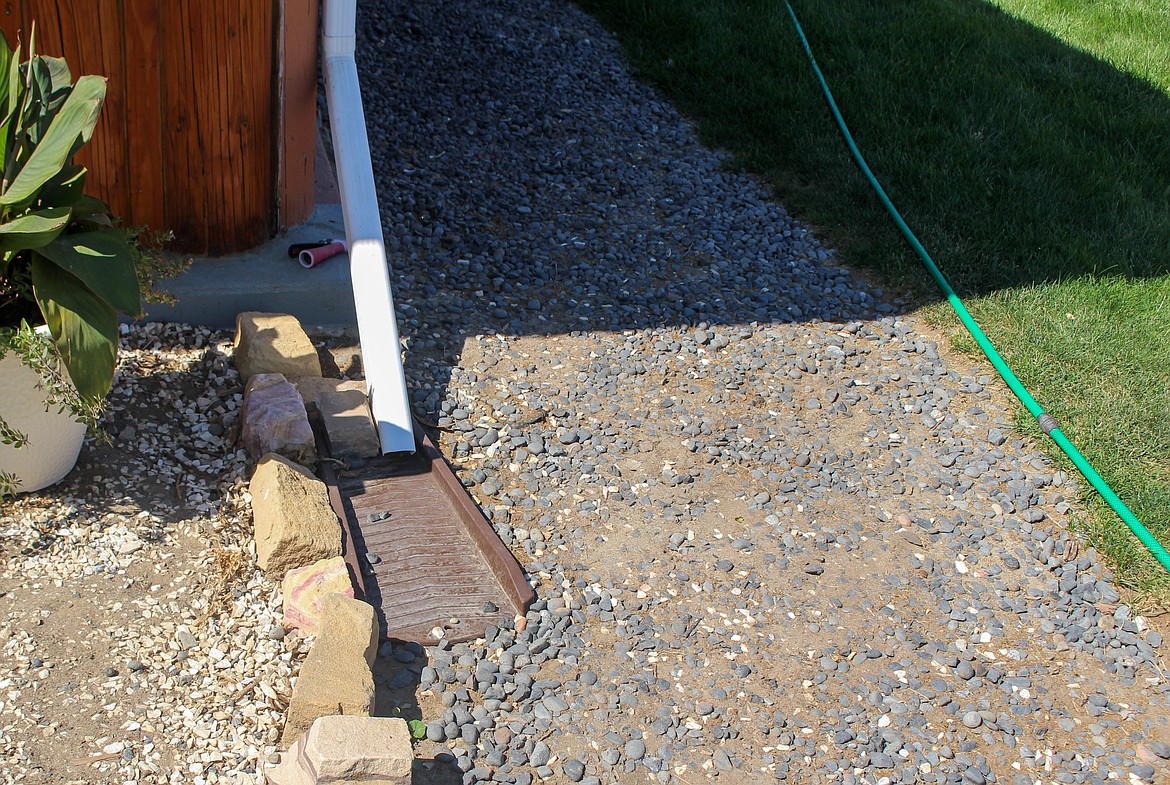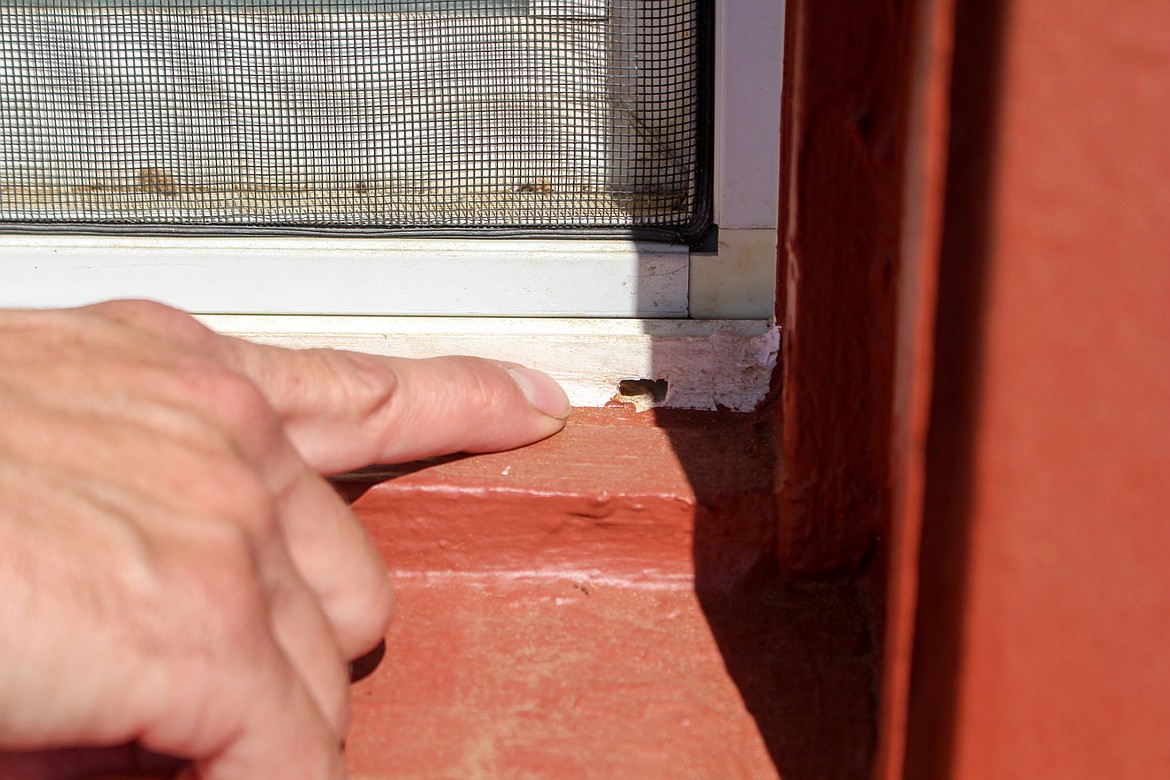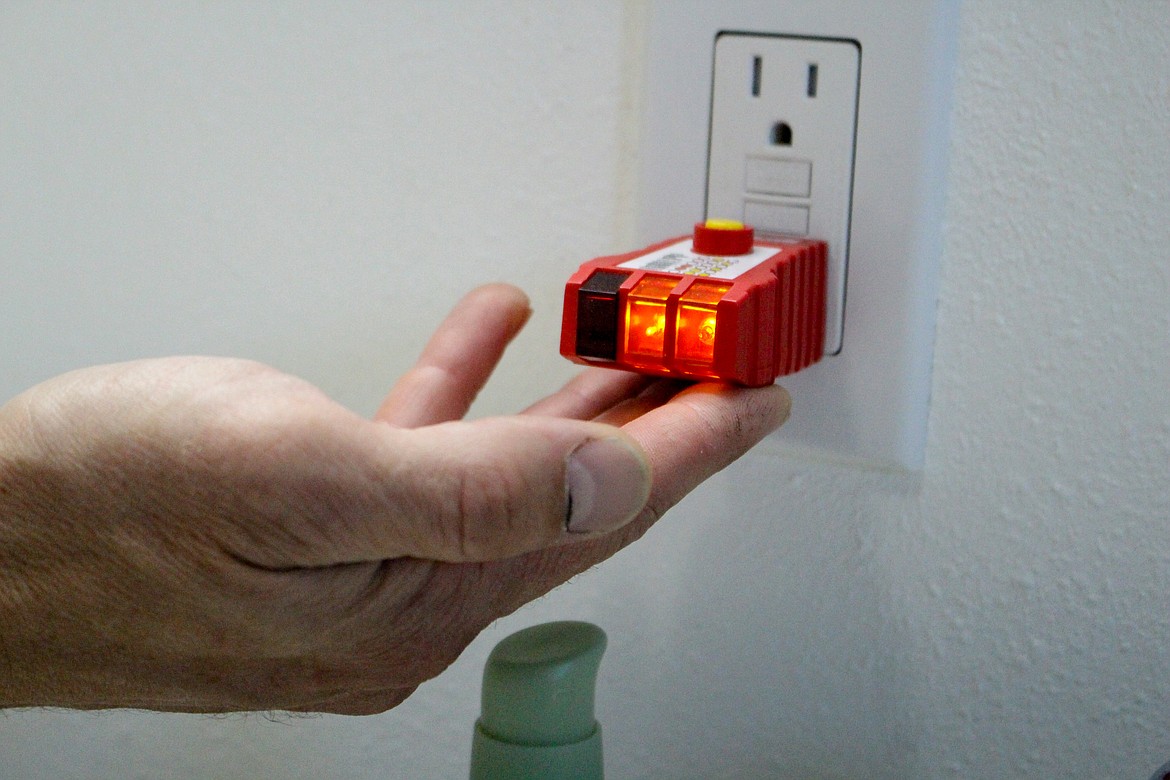Safety check: Make sure your home’s systems and structures are in proper condition
Home safety is an important thing to keep in mind for homeowners, making sure all of the systems and structures in their home are functioning properly. An issue with one water fixture or electrical wiring in the home can quickly compound.
Become a Subscriber!
You have read all of your free articles this month. Select a plan below to start your subscription today.
Already a subscriber? Login

